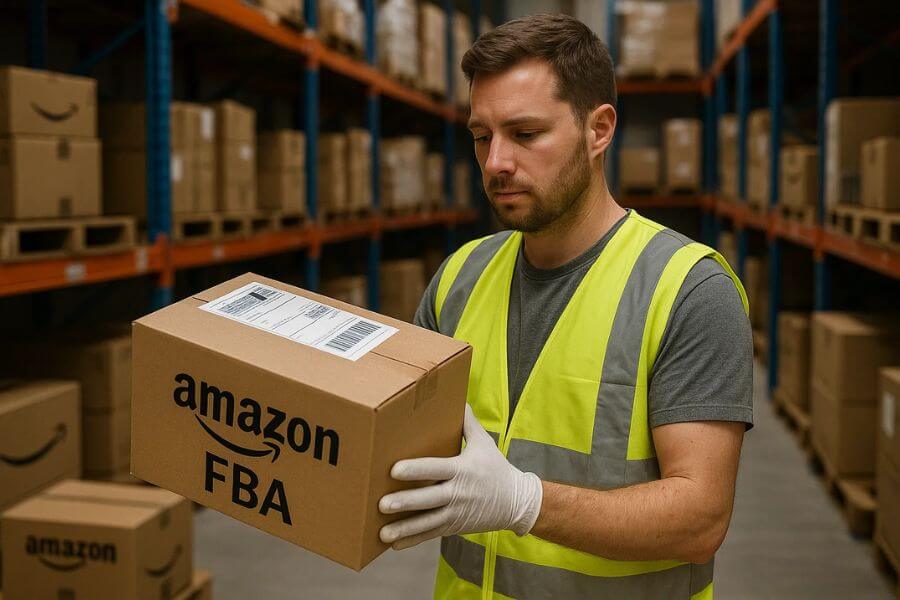When operating an online store, it’s easy to only focus on the purchase funnel and crafting it for better conversions. Though this is a major factor to generate checkout purchases, another crucial piece of the customer journey is the post-purchase experience. As the initial purchase leads to an increase in sales, a truly great post-purchase customer experience can lead to customer trust and loyalty; this means returning customers in a competitive market.
Let’s take a look at some of the ways you can improve your post-purchase experience for your customers by adding value-added services.
1. Customer Reviews & Testimonials
The first thing many consumers do before making a purchase on any website is to check customer reviews and social media of the brand they intend to buy from. If your customer reviews are well established and you hold a strong rating compared to your competitors, consumers will already feel a strong sense of trust and reliability when purchasing from your store.
Placing your reviews on product pages lets consumers know that previous shoppers have used the product and that the product is of satisfaction. This allows consumers to make smart decisions when deciding on their potential purchases.

It’s also important to show “star ratings” as many online shoppers prefer the visual aesthetic for a rating or reviews rather than see a number. Companies with a 4.0 to 4.5-star rating earn 28% more in annual revenue.
People also look at the number of reviews displayed in a business listing to confirm the authenticity of a rating. It’s crucial to ensure that your company has well over 75 reviews with written testimonials along with a star rating. A great example of where to get these reviews is credible and authentic websites such as Trustpilot and Google Reviews.
When a customer receives their product, it’s important to send a follow-up email about their satisfaction with delivery and the product itself. From there, you can entice them to leave a review on your product page or a third-party website and in return, offer them a small discount (e.g. 10%) on their next purchase if they complete the review. This ensures that you get more reviews from your customers, and that your reviews are real and authentic, and representative of the customer’s experience.
2. Omnichannel Customer Support
In short, omnichannel means to integrate different services and methods into one platform to give customers a seamless shopping experience with reduced complications. The general idea of this innovation is to have your customers at the center of your communication strategy.
This means that all of your channels must work around the customer in order to create a simple yet effective customer experience. In plain terms, the customer will have a seamless experience shopping on your online store, no matter if it’s on a computer or mobile (any device used to interact with the company). Omnichannel allows you to make your company available to your customer on whichever channel they use to communicate with your business.

Omnichannel focuses on delivering a personalized experience for online shoppers across all channels and devices, which is not to be confused with multichannel which covers multiple different channels individually, like social media and mobile optimization. Overall, having omnichannel operations built in to your system allows for smoother business practices across all boards and will leave your customers satisfied when reaching out to customer support.
3. Loyalty Programs
So, what exactly is a loyalty program? Loyalty programs are generated by retailers (online and physical) and other businesses, that offer rewards, points, discounts, and other special incentives as a way to attract and retain customers. They are smartly designed to encourage repeat purchases from customers by offering customers a reward for their brand loyalty. This also jumps into the realm of a personalized customer experience.
Most loyalty programs are only based on the frequency of purchases for an individual customer, while other methods like subscriptions have an upfront cost (monthly or yearly). It’s a good idea to give your customers the options to choose from.
Keep in mind, when you choose a loyalty program to help generate business for your brand, you should be optimizing other tactics like email marketing and text (SMS) notifications about early sale access, free shipping, exclusive deals and discounts, and new products.
Conclusions
Value-added services make for a better post-purchase experience and will have customers returning to purchase from your e-commerce store. With omnichannel solutions, customers will have greatly reduced stress when it comes to customer service and therefore builds a sense of trust with your brand. Implementing value-added services will well-position you to know customer expectations while helping with increased sales, and building lifelong brand ambassadors.





